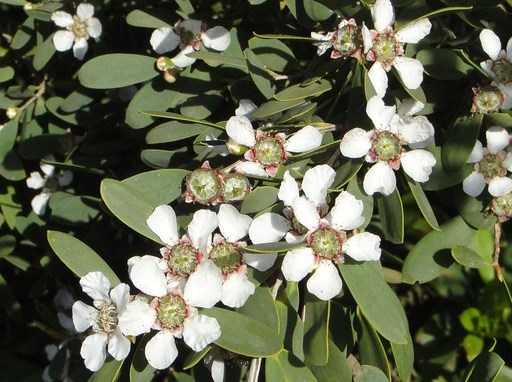Created on: Tuesday, Sep 20th, 2016
Calflora: http://www.calflora.org/cgi-bin/species_query.cgi?where-calrecnum=4727
HEAR assessment: http://www.hear.org/pier/wra/pacific/Leptospermum_laevigatum_CGC.pdf
ARC Factsheet: http://www.arc.agric.za/arc-ppri/Pages/Australian-myrtle-Leptospermum-la...
San Marcos Growers: http://www.smgrowers.com/products/plants/plantdisplay.asp?plant_id=964
Jepson eFlora: http://ucjeps.berkeley.edu/eflora/eflora_display.php?tid=30642
Reviewed by Ramona Robison, Eric Wrubel and Denise Knapp.
- < 13 : accept (low risk of invasiveness)
- 13 - 15 : evaluate further
- > 15 : reject (high risk of invasiveness)

